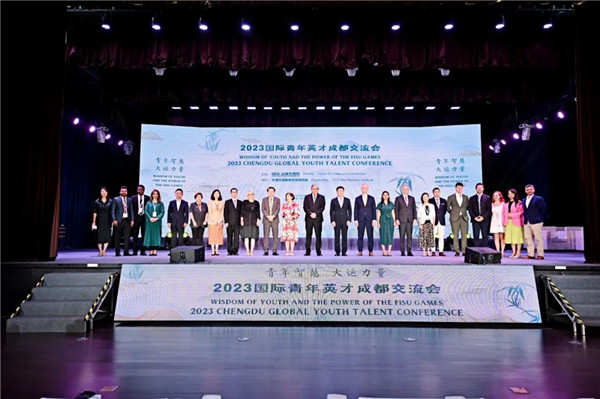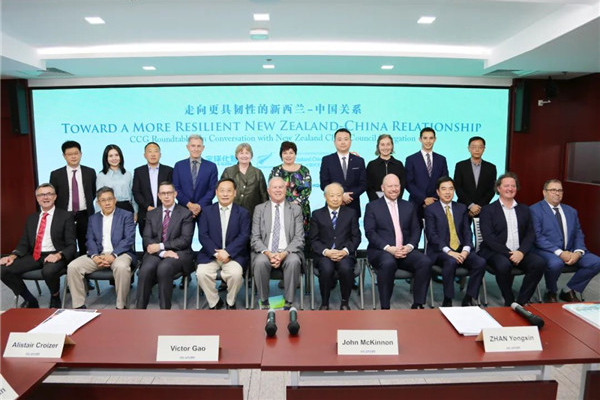Ctrip Co-founder Liang Jianzhang Joins CCG, Discusses Population, Innovation and Urban Planning
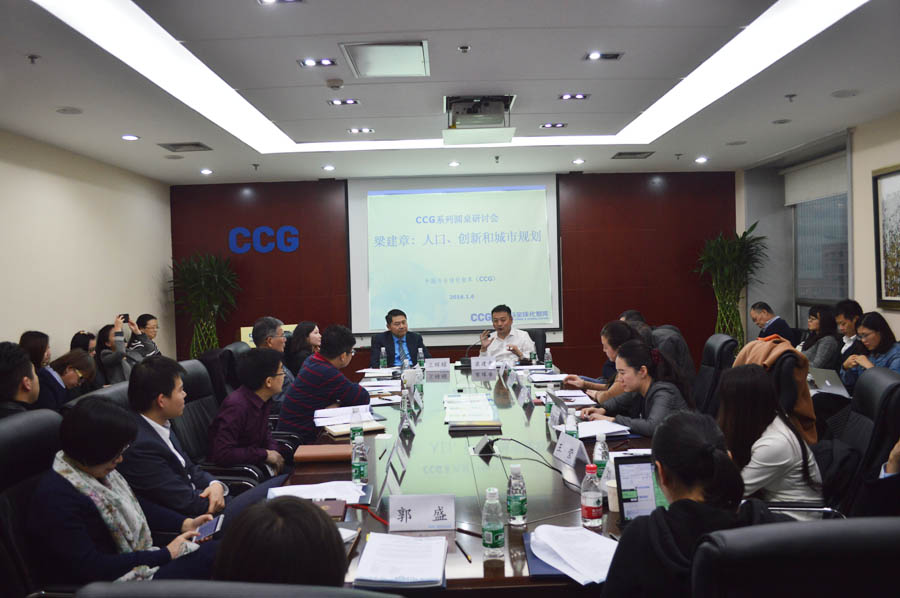
The Central for China and Globalization 2017 roundtable series is kicked off with a session on “Population, Innovation and Urban Planning” on Jan. 6, 2017, featuring Mr. Liang Jianzhang, co-founder and executive chairman of Ctrip, China’s largest on-line travel service platform.

Except a successful enterpruner, Mr. Liang is also a known scholar. He has been under the tutelage of the “Father of Management Economics” Edward Lazear and the Nobel Prize for Economics Gary Becker, specializing in the research on innovation, entrepreneurship and the demographic structure. In 2012, Mr. Liang published a book entitled as “Are There Too Many People in China” in collaboration with Professor of Sociology at Peking University Li Jianxin. In the book, he provided an in-depth discussion about the impact of Chinese population structure on its economic development and an analysis of China’s family planning policy.
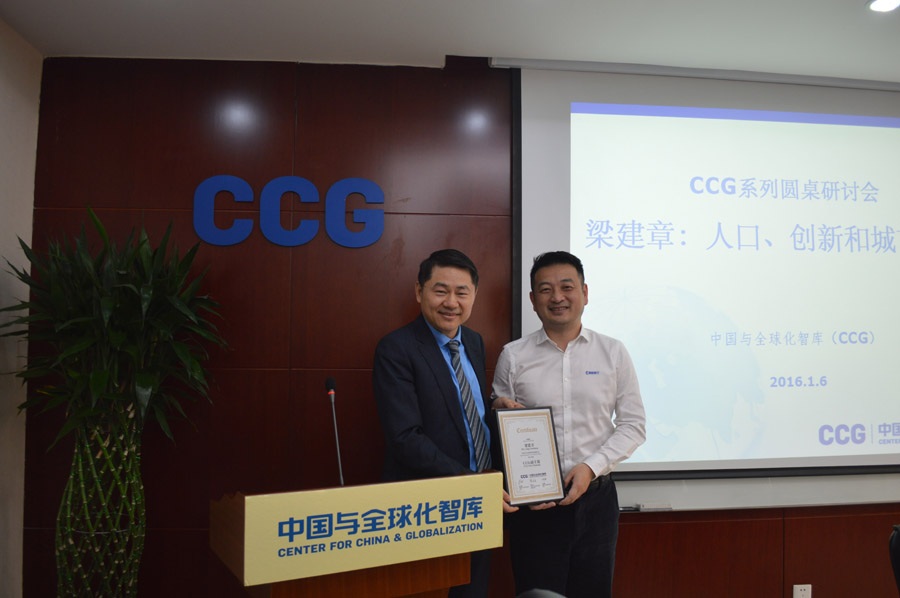
At the roundtable conference, Mr. Liang accepts the invitation to be CCG’s vice president before delivering a presentation on “Population, Innovation and Urban Planning.” “China can benefit tremendously from the scale effect brought by large population and market in the era of globalization. The aging of population has created some barriers for innovation and entrepreneurship and decreased corporate vitality to a certain extent. In the long term, it may also cause the rise of conservative economic policies”, he says. Citing the case studies of America and Japan, Liang argues that for a country, young population will lead to more innovation capacity, since younger people are more inclined to accept and trial new ideas and start business.
Although China has allowed the family to have the second child, it may not be enough to slow down population aging, considering the low growth rate of newborns in China, which is less than 10% of the world total. To effectively address population aging, China also needs to provides more resources in finance, personnel, and education.
Liang also suggests that China build more cosmopolitans that have advantage in industrial agglomeration, talent aggregation, cross-sector industry development and international exchange. With respect to wealth inequality, he believes that it is mainly reflected through the income gap between rural and urban populations, which is not narrowed at all by urbanization and industrialization. The main reason, as he believes, is that people mobility has been restricted by hukou (residence record) regulations.
Liang disagrees to the common belief of the causative relationship among urbanization, population and traffic situation. He points out that the places suffering from the worst traffic congestion are usually the medium-income cities in developing countries, not the most prosperous cities in developed countries. He also argued that the size of the city is not a determinant to smog occurrence.
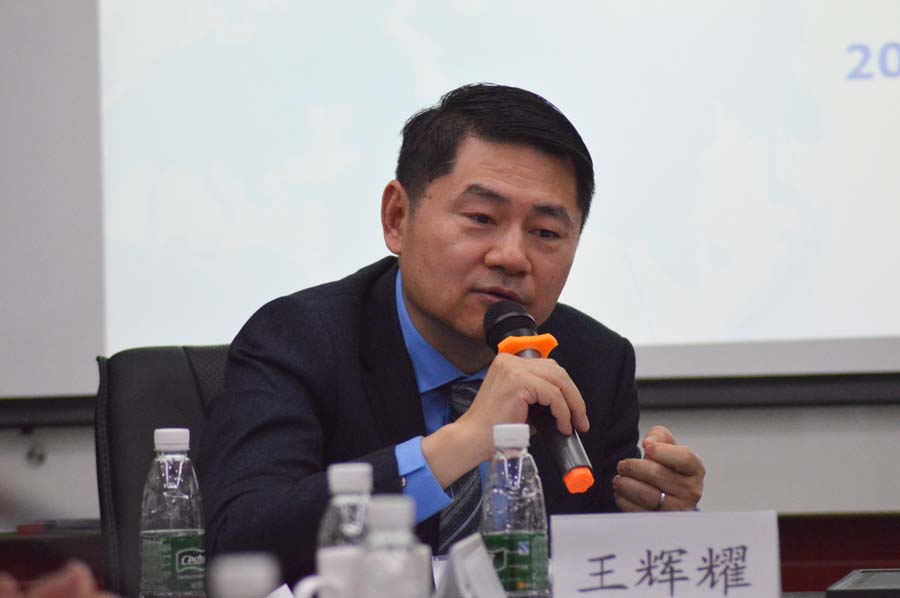
CCG President Wang Huiyao applaudes Liang’s presentation for using global perspectives and comparative studies to discuss such a topic that integrates three key issues to academic and policy studies – population, innovation and urban planning. Through years of research, CCG also finds that population, as an integral element of a country’s power, is a crucial asset to promote innovation and improve urban planning and needs to be prepared to meet the challenges in a new era.
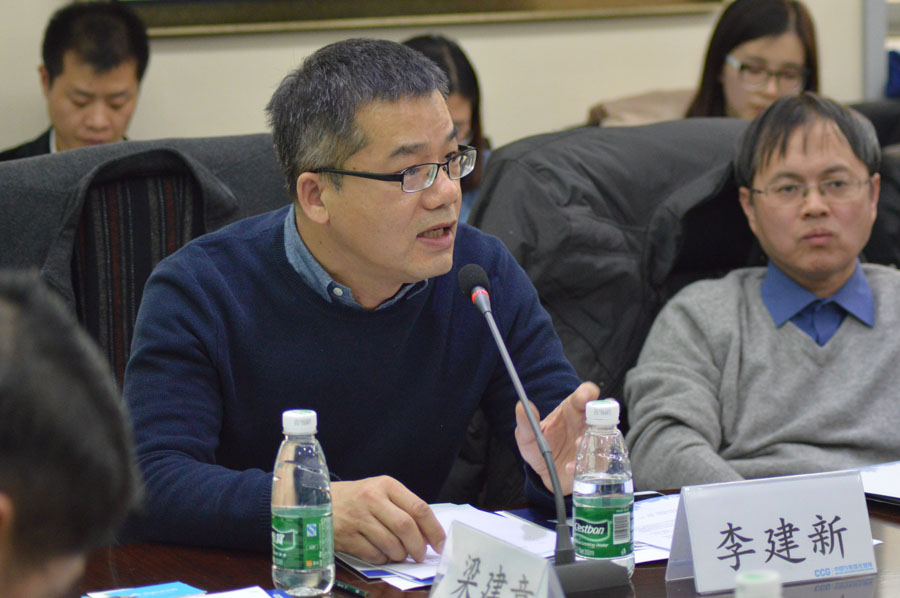
Li Jianxin, Professor at the Department of Sociology of Peking University, also agreed that it is a very timely and significant discussion about population, innovation and urban planning, since there lacks the understanding of population variables that are needed for policy making.
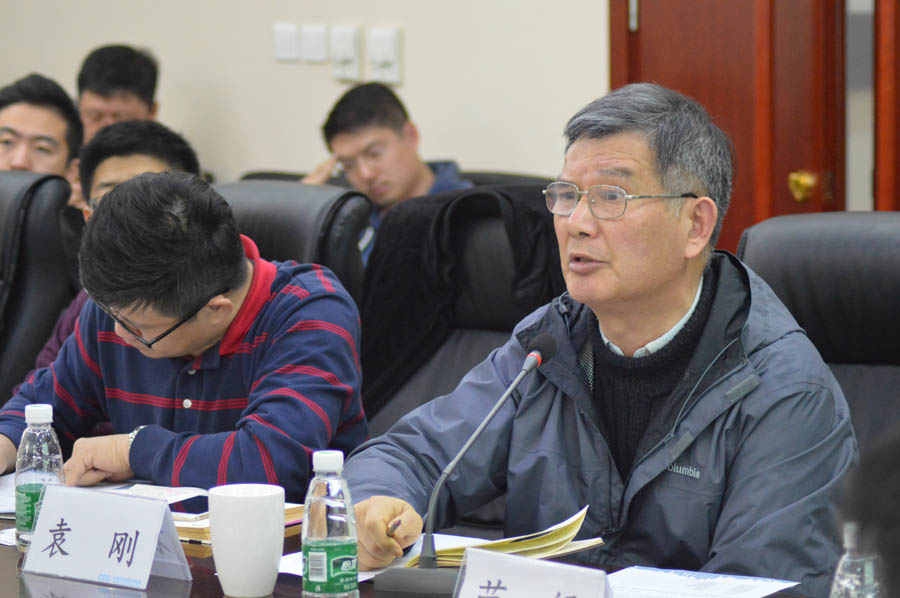
Yuan Gang, Professor and PhD Advisor the Department of Government Management suggested that more effective policies need to roll out to address population structural problems. For example, Shanghai has become the most populous city in China, but over 60% of the total population is above age of 60 and over 80% is from sing-child family. As a result, despite being an international cosmopolitan, Shanghai still lacks vitality and relies on migrants to bring in innovation.
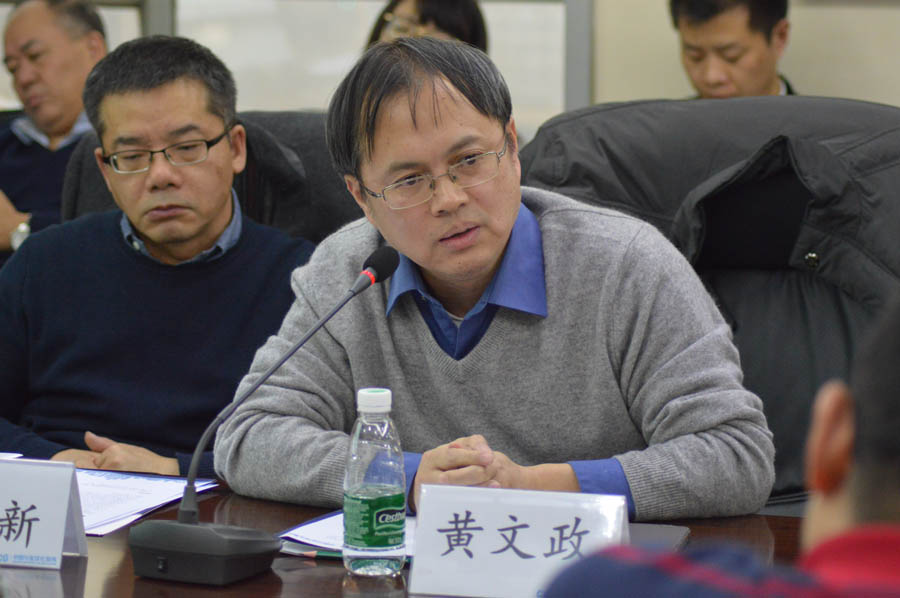
Huang Wenzheng, the columnist from Caijing magazine, calls for more attention to the downward trend in China’s population and reduction of demographic dividend. Based on the current situation, it may take two to three generations before China can bring its population growth rate back to the world’s average.


LocationBeijing

